The Ultimate Guide to Modern Bicycle Shifting Adjustment
Maintaining smooth and precise gear shifting on your bicycle is crucial for a seamless riding experience. Proper adjustment of your bike’s derailleur systems ensures efficient power transfer, reduces wear, and enhances overall performance. Here’s a comprehensive guide to adjusting your modern bicycle shifting system.
Tools and Preparation
Before you start, gather the necessary tools:
- A set of Allen wrenches (typically 2.5mm to 5mm)
- A Phillips or flathead screwdriver
- A bike stand (optional but recommended)
- Lubricant
- Clean rag
Step-by-Step Adjustment Process
1. Inspect the Derailleur Hanger
A straight derailleur hanger is essential for accurate shifting. If bent, it needs to be realigned or replaced. Place the bike in a stand and rotate the cranks to check the alignment. The hanger should be perpendicular to the ground and in line with the frame

2. Adjust the Rear Derailleur
High and Low Limit Screws:
- High Limit (H) Screw: Shift to the smallest cog and adjust the H screw so that the derailleur’s guide pulley aligns with this cog. This prevents the chain from shifting past the smallest cog.
- Low Limit (L) Screw: Shift to the largest cog and adjust the L screw to align the guide pulley with the largest cog. This prevents the chain from shifting into the spokes.

Indexing the Gears:
- Cable Tension: Use the barrel adjuster to fine-tune cable tension. If shifting is slow or noisy when moving to a larger cog, turn the adjuster counterclockwise to increase tension. If it’s slow or noisy when shifting to a smaller cog, turn it clockwise to reduce tension.
B-Tension Screw:
- This screw adjusts the gap between the guide pulley and the cogs. Proper B-tension ensures smooth shifting across the cassette. For most setups, the gap should be about the width of a 5mm hex key.
3. Adjust the Front Derailleur
Alignment:
- Ensure the front derailleur cage is parallel to the chainrings and the lower edge of the outer cage plate is 1-2mm above the tallest teeth of the largest chainring.
Limit Screws:
- Low Limit Screw: Shift to the smallest chainring and the largest rear cog. Adjust the L screw to eliminate any rubbing against the inner cage plate.
- High Limit Screw: Shift to the largest chainring and the smallest rear cog. Adjust the H screw to ensure a small gap between the chain and the outer cage plate.
4. Fine-Tuning
Cable Tension:
- Adjust the front derailleur’s cable tension using the barrel adjuster. For smooth shifting, small incremental adjustments may be necessary. Ensure there is no chain rub when shifting across the entire range of gears.
Test Shifting:
- With the bike off the ground, cycle through all gears, making sure each shift is smooth and precise. Pay attention to any lag or noise, and make further adjustments as needed.
5. Regular Maintenance
To maintain optimal performance, regular cleaning and lubrication are essential:
- Clean and Lubricate the Chain: A clean, well-lubricated chain reduces friction and wear.
- Inspect and Replace Cables and Housing: Over time, cables can stretch or corrode, affecting shifting performance. Regularly check and replace them if needed.
- Check Derailleur Alignment and Bolts: Ensure all bolts are secure and the derailleurs are properly aligned.
Troubleshooting Common Issues in Bicycle Shifting Adjustment
- Chain Drops: If the chain drops off the smallest or largest cogs, adjust the H or L limit screws respectively. A bent derailleur hanger might also be the culprit.
- Slow Shifting: If shifting is sluggish, check and adjust cable tension. Clean and lubricate the cables and housing.
- Noise During Shifting: This can often be resolved by fine-tuning the barrel adjuster or adjusting the B-tension screw.
By following these steps, you can ensure your bicycle’s shifting system is finely tuned and ready for optimal performance. Regular maintenance and adjustments will keep your ride smooth and enjoyable, allowing you to focus on the road ahead.
Tried to do it by yourself ? Contact our mobile workshop and we will solve the problem with the bike shifting

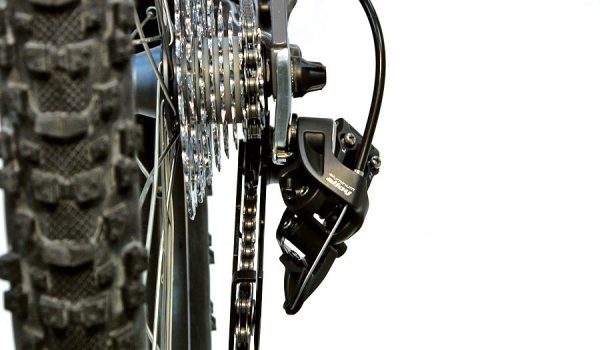
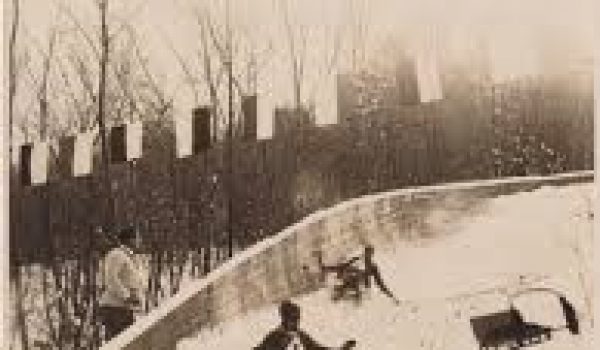






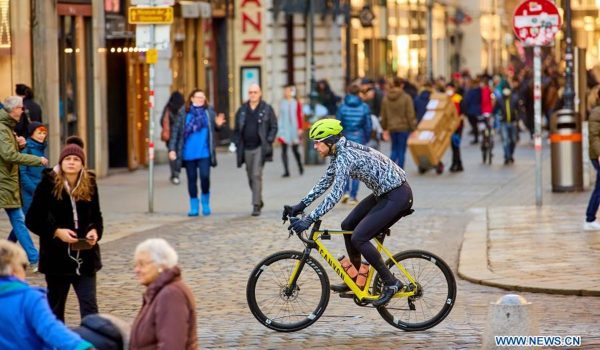

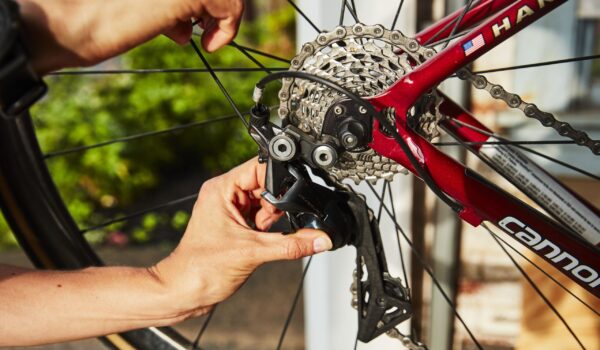


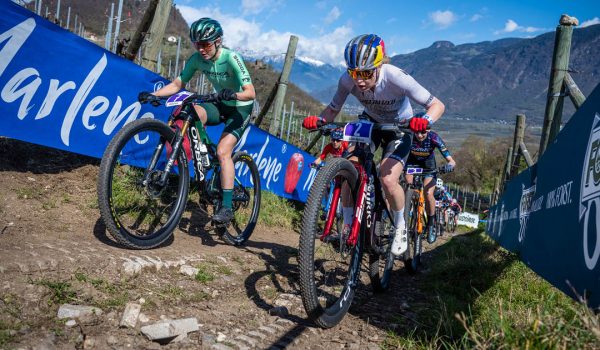







Follow Us